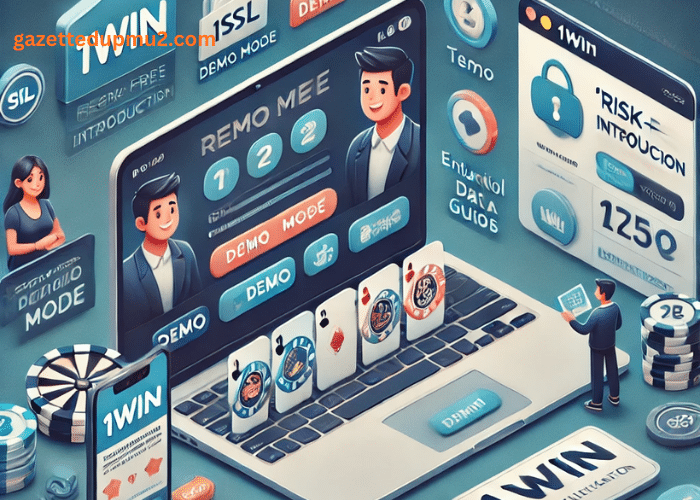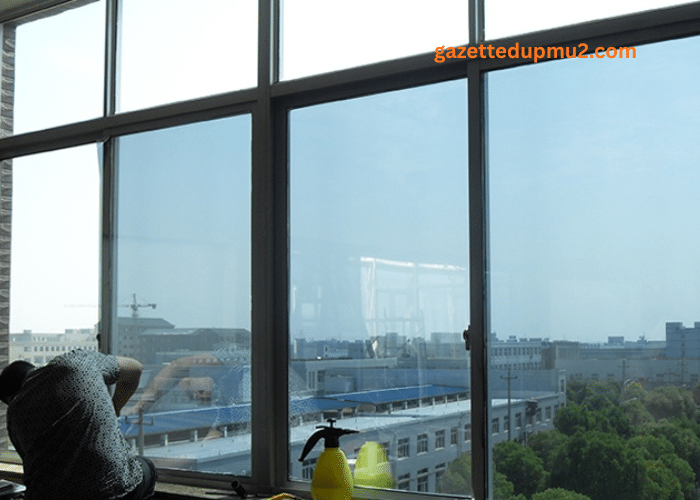Fashion, one of the most dynamic and culturally significant industries in the world, has undergone a remarkable transformation in the digital age. Gone are the days when fashion was confined to the elite runways of Paris, Milan, and New York, accessible only to a select few. Today, thanks to the digital revolution, fashion has become a global phenomenon, accessible to anyone with an internet connection. This article explores the dramatic changes that have occurred in the fashion industry as a result of digital technology, from the democratization of fashion to the rise of online influencers and the impact of augmented reality.
The Democratization of Fashion
One of the most striking developments in the fashion industry in the digital age is the democratization of fashion. Traditionally, fashion was an exclusive realm, with designers showcasing their collections on prestigious runways, and fashion magazines dictating the trends to the masses. However, the advent of the internet and social media has dismantled these barriers, allowing anyone to participate in and influence the world of fashion.
Fast Fashion and E-commerce
The rise of fast fashion brands like Zara, H&M, and Forever 21 can be largely attributed to the digital age. These companies have mastered the art of quick turnaround, producing affordable versions of high-end runway looks and making them available to consumers in a matter of weeks. This rapid production and distribution model would not have been possible without the aid of digital technology.
Moreover, e-commerce has revolutionized the way we shop for fashion. Online marketplaces and brand websites have made it possible for consumers to browse, compare, and purchase clothing and accessories from the comfort of their homes. The convenience of online shopping has led to a shift in consumer behavior, with many people choosing to buy online rather than visit physical stores.
Social Media and Influencers
Social media platforms like Instagram, YouTube, and TikTok have given rise to a new breed of fashion influencers. These individuals, often with no formal fashion training, have amassed large followings by sharing their personal style, beauty tips, and shopping recommendations. They have become powerful voices in the fashion industry, capable of shaping trends and influencing purchasing decisions.
Fashion influencers collaborate with brands, attend fashion weeks, and even design their own clothing lines. They have blurred the lines between traditional celebrities and everyday people, proving that anyone with a unique style and a compelling online presence can have a significant impact on the fashion world.
The Digital Runway
The traditional fashion runway, with its exclusive guest list and limited seating, has also undergone a digital transformation. While physical runway shows still hold immense prestige, digital runways have become an integral part of the fashion calendar.
Live Streaming and Virtual Shows
Live streaming technology has allowed fashion houses to broadcast their runway shows to a global audience in real-time. This has democratized access to these events, allowing fashion enthusiasts from all over the world to experience the excitement of a fashion show without having to secure an invitation.
Virtual fashion shows have taken this concept even further. With the help of computer-generated imagery (CGI) and 3D modeling, designers can create entirely digital fashion presentations. These virtual shows are not bound by the constraints of the physical world, allowing for creative and immersive experiences that go beyond what is possible on a traditional runway.
Digital Fashion Weeks
In recent years, major fashion weeks like Paris, Milan, and London have embraced digital technology. They have integrated virtual presentations and online platforms into their events, making fashion week more accessible and inclusive. Digital fashion weeks also reduce the environmental impact of traditional runway shows by eliminating the need for physical invitations, travel, and large-scale productions.
The Influence of Augmented Reality (AR)
Augmented reality has emerged as a powerful tool in the fashion industry, blurring the lines between the physical and digital worlds. AR technology overlays digital content onto the real world, creating new and immersive experiences for consumers.
Virtual Try-Ons
One of the most practical applications of AR in fashion is virtual try-on. Many fashion retailers now offer AR apps or features that allow customers to see how clothing items will look on them without trying them on physically. By using their smartphones or tablets, shoppers can visualize how a dress, pair of shoes, or accessories will fit and complement their style. This not only enhances the online shopping experience but also reduces the rate of returns, benefiting both consumers and retailers.
AR Fashion Filters and Accessories
Social media platforms have introduced AR filters and effects that enable users to experiment with different looks. For instance, Snapchat and Instagram offer AR filters that allow users to try on virtual makeup, hairstyles, and accessories. These playful features not only engage users but also promote fashion brands and trends in a fun and interactive way.
AR-Powered Fashion Shows
Fashion shows have also embraced AR technology. Some designers have used AR to enhance their runway presentations, projecting digital elements onto physical garments or creating virtual backgrounds that change with each model’s walk. These innovations add a layer of storytelling and creativity to fashion shows, elevating the audience’s experience.
Sustainability in the Digital Age
The fashion industry has faced growing scrutiny for its environmental impact, with concerns about textile waste, pollution, and unethical labor practices. However, the digital age has brought about new opportunities for sustainability in fashion.
Virtual Fashion
Virtual fashion, which involves the creation of digital clothing that exists only in the digital realm, offers a sustainable alternative to physical fashion production. Virtual garments can be bought, worn, and showcased on social media without ever being manufactured physically. This reduces the need for raw materials, production processes, and transportation, significantly lowering the carbon footprint of fashion.
Secondhand and Vintage Marketplaces
Digital platforms have facilitated the growth of secondhand and vintage fashion marketplaces. Websites and apps like Poshmark, Depop, and The RealReal make it easy for individuals to buy and sell pre-owned clothing and accessories. This extends the lifecycle of fashion items and reduces the demand for new production.
Transparency and Ethical Fashion
The digital age has also empowered consumers to demand greater transparency and ethical practices from fashion brands. Social media and online communities have given a voice to activists and organizations advocating for fair labor conditions, sustainable sourcing, and responsible production. Brands that fail to meet these expectations risk facing public backlash and damage to their reputation.
Challenges and Future Directions
While the digital age has brought about significant positive changes in the fashion industry, it also presents challenges that must be addressed.
Counterfeiting and Intellectual Property
The ease of online sharing and reproduction has made it challenging for fashion brands to protect their intellectual property. Counterfeit products and knockoffs proliferate on e-commerce platforms, harming the reputation and revenue of legitimate brands. Fashion companies are investing in technology and legal measures to combat counterfeiting.
Overconsumption and Waste
The convenience of online shopping and the prevalence of fast fashion have led to overconsumption and increased textile waste. The fashion industry must find ways to promote mindful consumption and circular fashion models that reduce waste and encourage the recycling of clothing.
Digital Inclusivity
While the digital age has made fashion more accessible in many ways, it has also highlighted issues of digital inclusivity. Not everyone has equal access to the internet and technology, which can create disparities in fashion participation. The industry must work to ensure that the benefits of the digital fashion revolution are available to all.
Data Privacy and Security
Fashion brands collect vast amounts of data on their customers’ preferences and behaviors. This raises concerns about data privacy and security. Consumers are becoming increasingly aware of the need for data protection,





